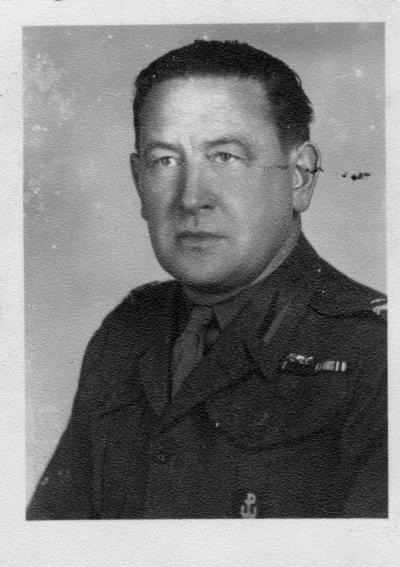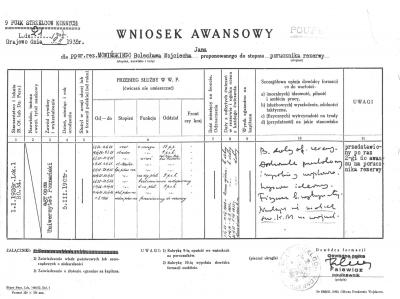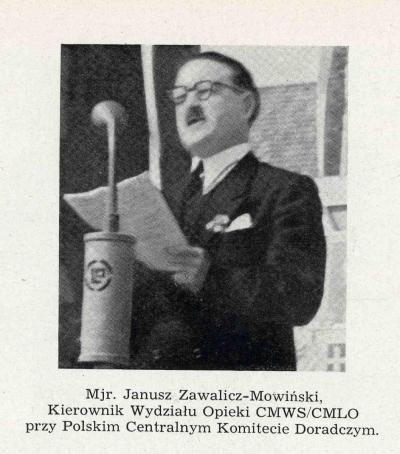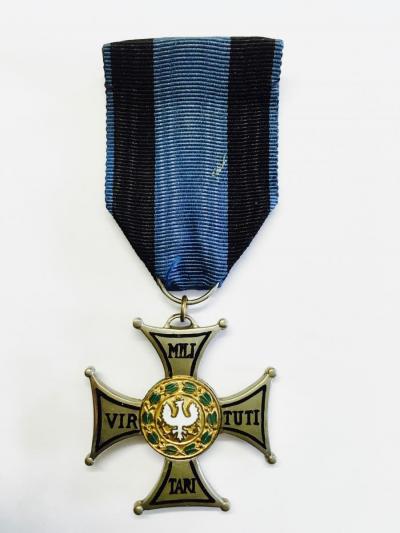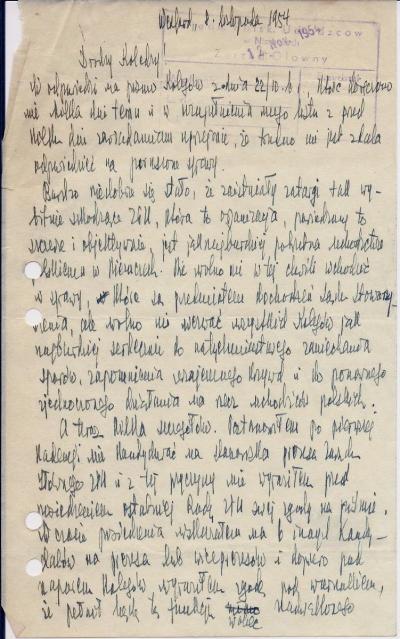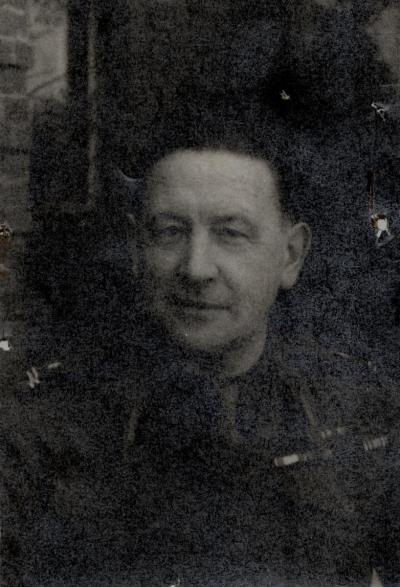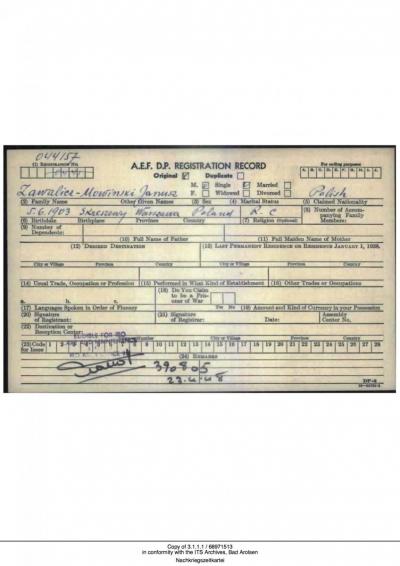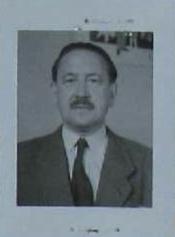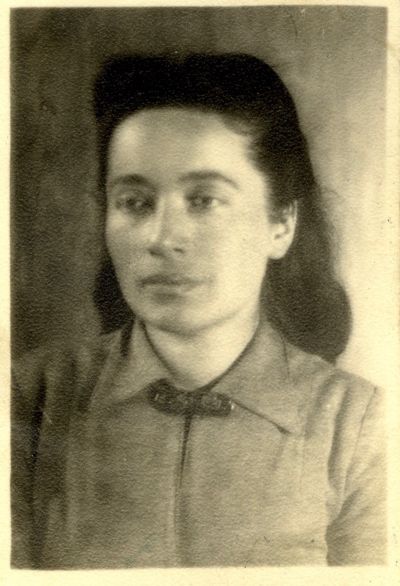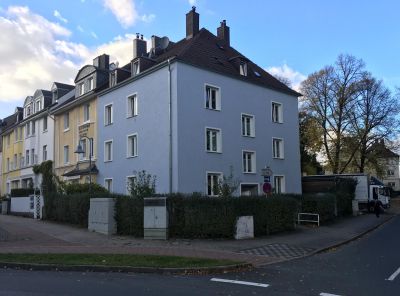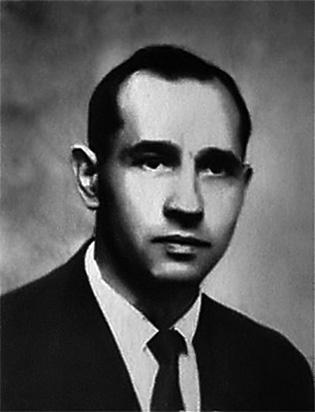Bolesław Zawalicz-Mowiński
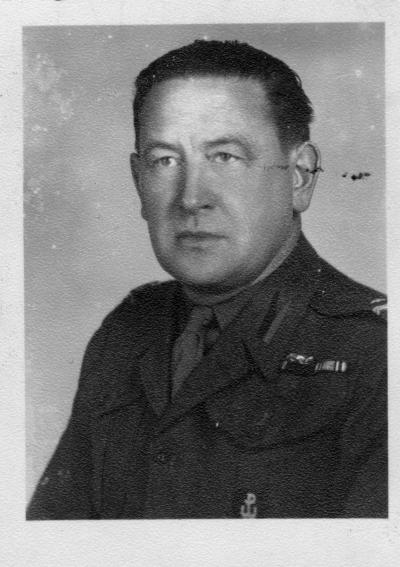
II. The war
From the moment Germany invaded Poland in September 1939, Zawalicz-Mowiński was actively involved in the defensive war. During the hostilities, he was wounded and admitted to hospital from which he absconded. At the beginning of November 1939, he reached the area around Warsaw where he reported to the safe house of Jan Sokołowski (code name of Colonel Stefan Rowecki, pseudonym “Grot”, future commander of the Home Army). From Sokołowski he received further instructions and the command to take up underground activities. And so began a new phase of activities for him in occupied Poland. During this period, he used several pseudonyms: “Zawalicz”, “Gończ”, “Witold”, “Stef” and “Dyrektor”. Shortly after being sworn in, he was involved in the creation of underground frameworks within the Warsaw district of the Union of Armed Struggle (Związek Walki Zbrojnej, ZWZ) in the district of Sanniki. After these frameworks were reorganised, the Home Army (Armia Krajowa, AK) emerged from within the ZWZ and Zawalicz-Mowiński was seconded to the Home Army’s district command in Węgrów and Sokołów.
In July 1944, he found himself in Warsaw again. He took on an underground role as deputy commander of the emerging faction “Róg”, which was commanded by Major Stanisław Błaszczak, pseudonym “Róg”. In the wake of the insurgent hostilities, Zawalicz-Mowiński found himself highly regarded by his subordinates and by his direct superior, especially by the commander of the North Group – Colonel Karol Ziemski, pseudonym “Wachnowski”. During the German attack on the old town, Captain Zawalicz-Mowiński commanded the unit within the group that conquered and held St. John’s Cathedral. This unit accomplished this mission despite suffering great losses and despite the fact that the commander himself was wounded in the process. After recovering quickly, he recommenced his service on the front line. For his service, his courage and his leadership qualities, he was promoted to the rank of major by the commander of the insurgency and decorated with the Service Cross Virtuti Militari Fifth Class. With the whole group, he fought his way through the sewer system to Warsaw city centre (Śródmieście) and was then involved in the fighting in the Powiśle district. For this work, he was appointed deputy commander of the 36th Infantry Regiment of the Academic Legion in the 28th Stefan Okrzeja Infantry Division of the Warsaw corps of the Home Army, becoming once again the deputy to Major Błaszczak, pseudonym “Róg”. A day after the Warsaw insurgents capitulated, he was awarded the Medal of Valour by Brigadier General Antoni Chruściel, pseudonym “Monter”. On 5 October 1944, he was captured along with other military leaders and a group of soldiers from the Home Army. Zawalicz-Mowiński was initially taken to Bergen-Belsen, then to Fallingbostel and then to Groß Born. After the camp was evacuated by the Sonderkommando, he ended up in the Sandbostel camp. He regained his freedom when the British Army occupied Northwest Germany.
